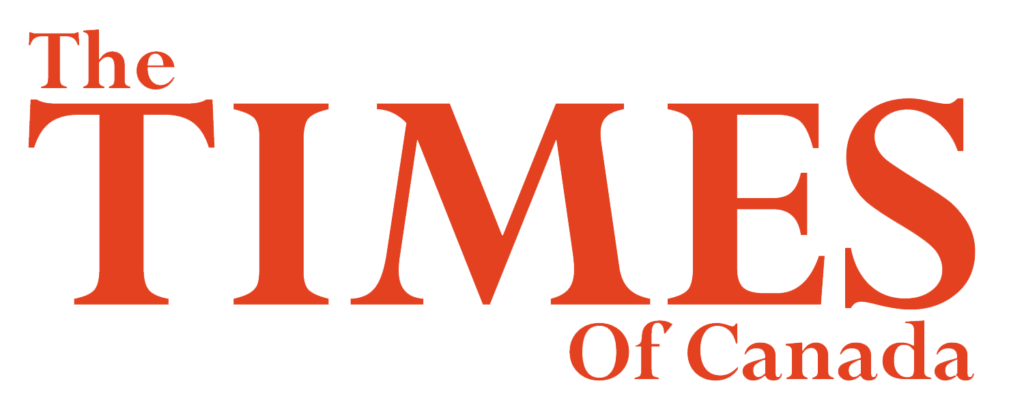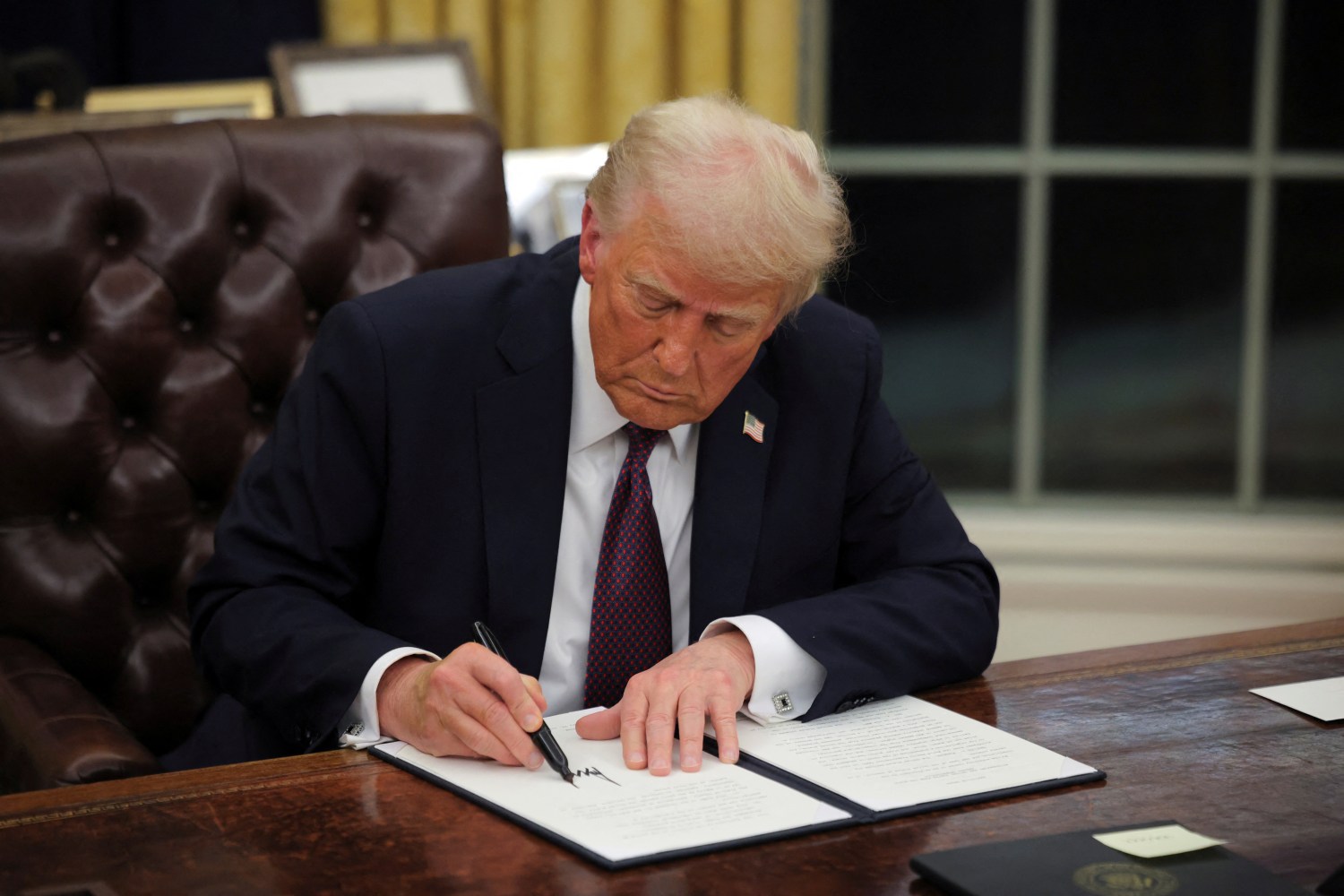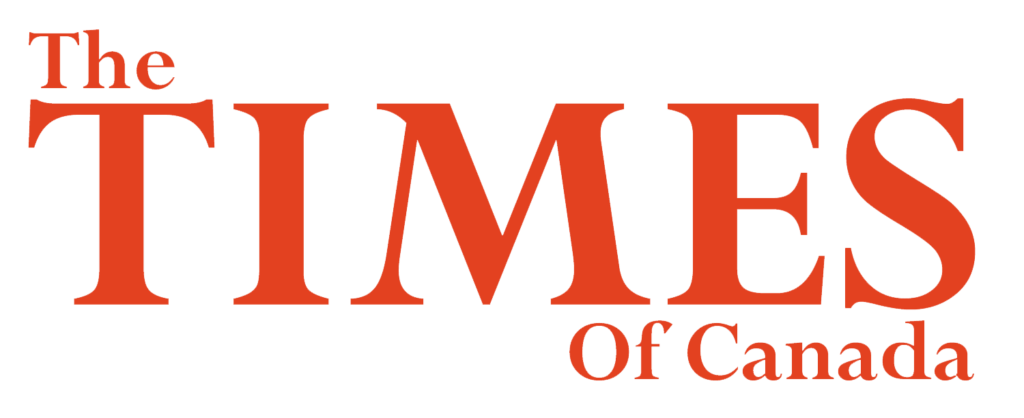In a decisive move reshaping North American trade dynamics, U.S. President Donald Trump has enacted a 25% tariff on all Canadian imports effective today. This policy shift is poised to have substantial economic repercussions, impacting industries, workers, and consumers in both the United States and Canada.
The tariffs encompass a broad array of Canadian goods, significantly affecting sectors integral to the Canadian export economy such as automotive components, raw materials like aluminum and steel, and agricultural products. Analysts predict that these sectors will face increased production costs and disruptions in long-established supply chains. For American consumers, this could translate to higher prices on everything from cars and trucks to packaged foods and beverages which incorporate Canadian materials.
Economic experts warn that the tariffs might intensify issues of stagflation in Canada—where economic growth is sluggish amidst rising inflation rates. The Canadian dollar might see volatility, and investments could stall as businesses grapple with the uncertain trade environment.
In response to the U.S. tariffs, Canadian Prime Minister Justin Trudeau has expressed readiness to implement retaliatory measures, which could include similar tariffs on U.S. goods entering Canada. This tit-for-tat strategy risks escalating into a trade war, further affecting global economic stability.
Canadian businesses are advised to rapidly adjust to this new reality by seeking alternative markets and suppliers, reducing dependency on American consumers and suppliers. Companies are exploring strategies like tariff engineering to mitigate the impacts of increased duties, which involves modifying product designs or adjusting supply chains to qualify for lower tariff classifications.
This tariff imposition directly challenges the principles of the United States-Mexico-Canada Agreement (USMCA), intended to facilitate free trade across North America. The legal foundation of Trump’s tariffs could be contested under USMCA rules, potentially leading to a series of trade disputes or negotiations aimed at resolving these new trade barriers.
The U.S. administration defends these tariffs as essential to bolster American industry and correct perceived trade imbalances. However, this approach has faced criticism both domestically and internationally, with many arguing it could undermine North American economic integration and global trade norms.
Looking ahead, the Canadian government is reportedly developing a comprehensive strategy to address both the immediate impacts of the tariffs and the broader strategic challenges of navigating a more protectionist U.S. trade policy. This includes enhancing trade relations with other global partners, bolstering domestic industries less dependent on U.S. exports, and potentially seeking legal redress through international trade forums.
As businesses and policymakers adapt to the rapidly changing trade landscape, the global economic community remains vigilant, closely monitoring the implications of these tariffs for international trade practices and economic diplomacy. The unfolding situation highlights the delicate balance between national economic policies and global trade cooperation, setting a precedent for future international trade relations under the Trump administration.








